
Click the ( + ) signs to explore the items in our scrapbook.
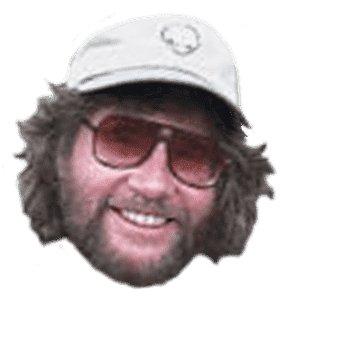
Any discovery of dinosaur fossils is exciting. But these great discoveries are extra special because they changed what we know about dinosaurs.
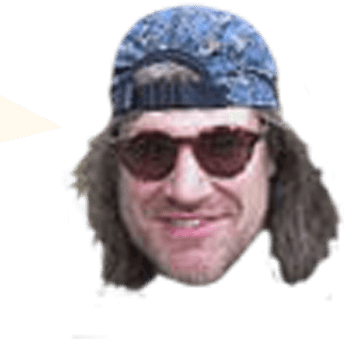
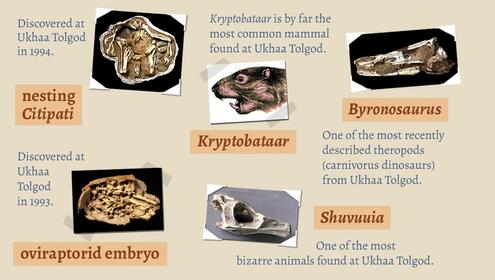
nesting Citipati
When the first specimen of an oviraptorid was collected in the 1920’s, scientists believed that it merely fed on other dinosaurs’ eggs. With the discovery of this specimen in 1994, which shows a Citipati sitting on a nest, scientists realized that the Oviraptor found decades before was brooding its own nest of eggs, just like modern birds.
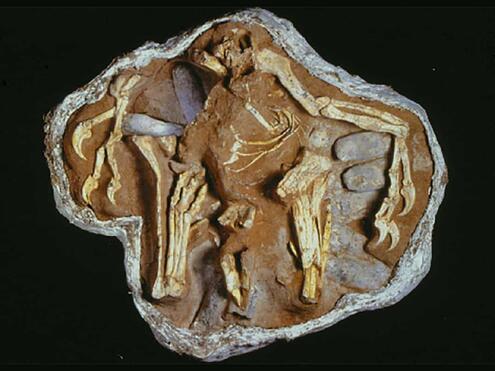
Discovered at Ukhaa Tolgod in 1994.
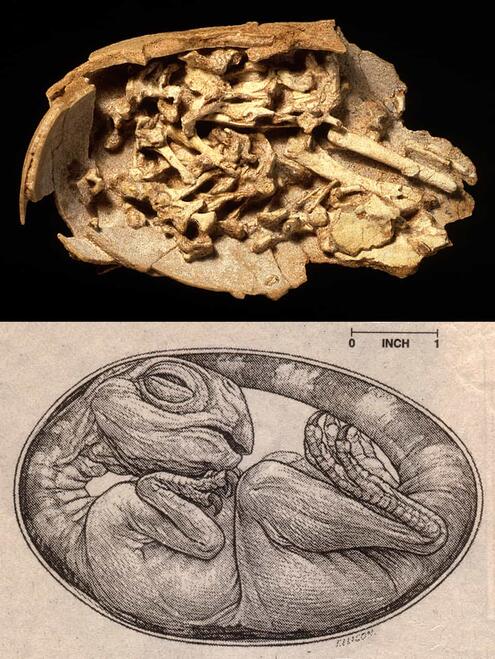
Discovered at Ukhaa Tolgod in 1993
oviraptorid embryo
It was long assumed that the eggs in the nest found in the 1920s (underneath the Oviraptor) belong to Protoceratops, and that the Oviraptor was attacking the nest at the time of its death. But a few years later, an oviraptorid embryo was discovered in this same type of egg, confirming that dinosaurs brooded their eggs just like modern birds do. A scale drawing by AMNH illustrator Mick Ellison shows how the embryo was tucked into its shell.
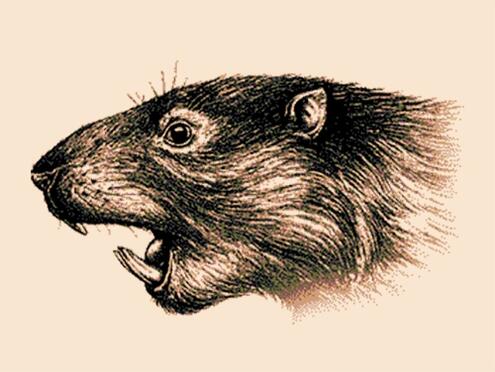
Kryptobataar is by far the most common mammal found at Ukhaa Tolgod.
Kryptobataar
This animal belongs to a group of extinct mammals known as multituberculates—rodent-like herbivores that went extinct about 50 million years ago. Kryptobataar was approximately the size of a rat and may have been a burrowing animal.
Shuvuuia
Shuvuuia’s skull and limbs have a number of birdlike characteristics. Its skull has numerous tiny teeth. Unlike most birds, its arms are very short, but they have attachments for powerful muscles, like those seen in modern animals that dig in the ground.
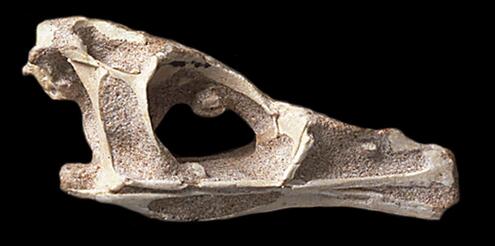
One of the most bizarre animals found at Ukhaa Tolgod.
Byronosaurus
Byronosaurus belongs to the Troodontidae, a group of dinosaurs thought to be closely related to birds. Troodontids and birds share many characteristics, such as relatively large brains. Troodontids, like Velociraptor and its relatives, have enlarged claws on their feet.
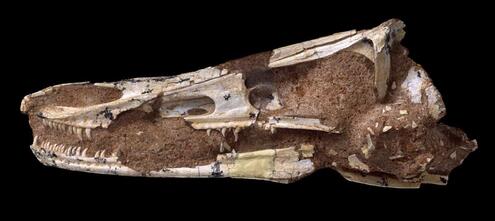
One of the most recently described theropods (carnivorus dinosaurs) from Ukhaa Tolgod.
Image Credits:
All images and Kryptobataar illustration, courtesy of Mick Ellison/ AMNH




 Biodiversity
Biodiversity
 Brain
Brain
 Genetics
Genetics
 Marine BiOLogy
Marine BiOLogy
 MicrobiOLogy
MicrobiOLogy
 PaleontOLogy
PaleontOLogy
 ZoOLogy
ZoOLogy
 AnthropOLogy
AnthropOLogy
 ArchaeOLogy
ArchaeOLogy
 Astronomy
Astronomy
 Climate Change
Climate Change
 Earth
Earth
 Physics
Physics
 Water
Water

